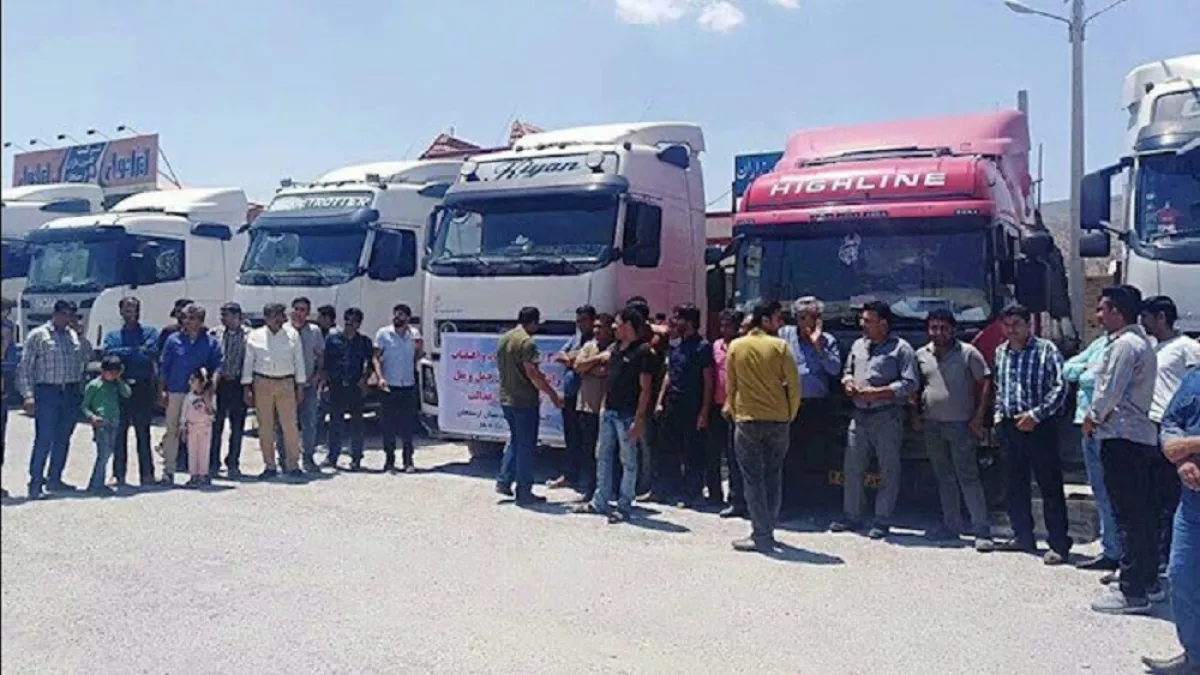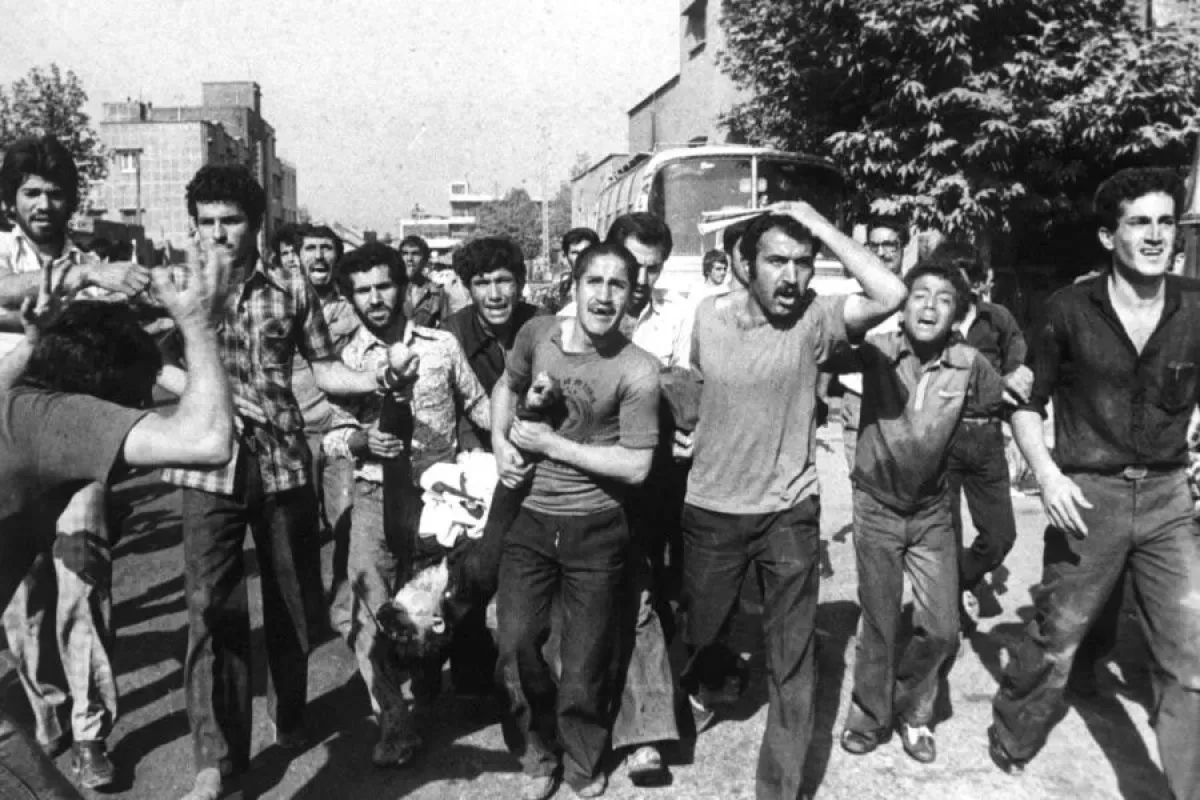Protest on wheels Inside Iran’s growing truckers’ uprising
A nationwide truck drivers’ strike has been ongoing in Iran for over a week. Both employed drivers and independent truck owners are taking part. The movement has spread across more than 130 cities, becoming one of the largest and most significant protest actions in recent years.
In Tehran, drivers halted work in protest against the sharp increase in diesel fuel prices. The Isfahan–Shahreza route has come to a near standstill, with trucks parked and immobile.

In Abadan, more than 250 trucks remain stationary in parking lots, despite having cargo ready for delivery. Similar scenes have been observed in Torbat-e Jam, Divandarreh, Aligudarz, and Shahrud.
In some regions, protest slogans have voiced discontent with various political institutions.
According to official statistics, Iran’s annual inflation rate stands at 43.3%. However, even pro-government media outlets often express doubt over the accuracy of these figures.
International organisations report that a significant portion of the population is experiencing economic hardship due to inflation and declining purchasing power.
Despite ranking second in the world for proven natural gas reserves and generating roughly 80% of its electricity from gas, Iran is unable to fully meet its energy needs due to outdated technologies and a lack of investment.
A sharp rise in fuel prices, problems within the social welfare system, delayed wages, a shift toward part-time or temporary employment, and debts owed to drivers by major companies have all contributed to a surge of public anger.
Under current conditions, continuing to work has become economically unviable for truck drivers. They are demanding not only lower fuel prices but also a revision of the government-set freight tariffs.

How are such protests organised in Iran? Formal trade unions are virtually non-existent, and their activists are often subjected to pressure and persecution. This creates conditions for the radicalisation of labour disputes, which are instead organised informally — through closed groups of experienced workers and workplace assemblies.
Coordination is carried out via encrypted Telegram chats, effectively leading to the creation of underground strike committees.
A similar situation has been observed in Iran’s history. During the Shah’s rule, the banning of trade unions only fuelled greater protest activity. In countries where official unions are allowed to operate, a layer of professional negotiators and legal experts typically emerges—people interested in constructive dialogue.
Such specialists can help de-escalate tensions and promote peaceful resolutions to labour disputes. However, in the case of “wildcat” strikes, where no union structures exist, protest movements tend to become more resolute and uncompromising.
Iran’s experience in the 1970s shows that the accumulation of such “wildcat” protest experience eventually culminated in the massive nationwide strike of 1978. During that period, workers took control of production sites, forming councils accountable to the workforce. This movement was later dismantled by the new regime.

Today, truck drivers represent just one segment of Iran’s millions-strong working class—but they play a critical role in maintaining the country’s domestic logistics. Their strike has the potential to disrupt key economic processes and may serve as a model for other worker groups. In some cases, strikers have resorted to harsh tactics—for example, smashing the windows of trucks driven by colleagues who refuse to join the protest.
Aware of the potential threat, the authorities have already begun making concessions. A planned introduction of a new fuel pricing scheme has been put on hold. Although fuel is subsidised in Iran, the country’s economic situation forces the government to raise prices periodically. How far the authorities are willing to retreat on this issue remains unclear.
At the same time, a decision has been made to settle all outstanding payments to truck drivers within 48 hours. The current freight tariff system, based on a “tonne-kilometre” calculation, is also set for review.
Whether these steps will be enough to halt the protest movement remains an open question.
The strike reflects not only the discontent of a specific professional group but also serves as a symptom of deeper social tensions within the country.








